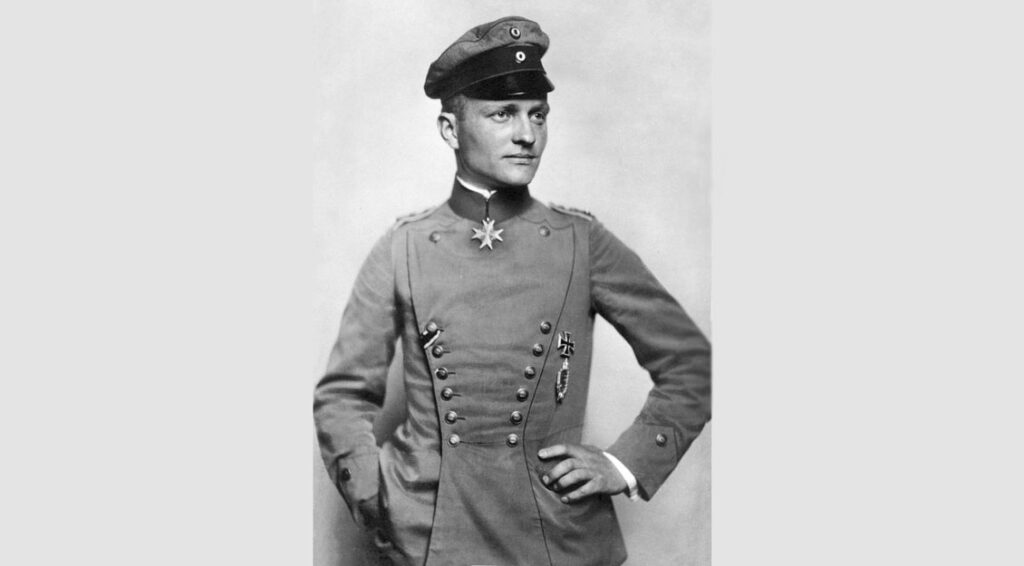German pilot Manfred von Richthofen is considered the greatest fighter ace of World War I. Before his death on April 21, 1918, he managed to achieve 80 confirmed victories, and the squadron he commanded was unrivalled. His deadly effectiveness, daring courage, and honorable conduct made the Red Baron one of the icons of the Great War and a hero for future generations of aviators.
Manfred von Richthofen was born on May 2, 1892, within the present-day borders of Breslau (Wrocław), in a Prussian aristocratic family with military traditions. He spent his childhood in Schweidnitz (Świdnica). A young Manfred quickly decided to pursue a military career. Initially, he served in cavalry units, specifically in the Prussian Uhlans Regiment, where he was assigned in 1911. However, after the outbreak of World War I, he felt unfulfilled by the mundane, monotonous life of a cavalryman devoid of combat and decided to resign from that unit.
He swiftly changed the course of his military career and volunteered first for the infantry and later for the German fighter squadrons. Rumor has it that in his application for transfer, he wrote, “I did not go to war to collect eggs from chickens but for a different purpose!”
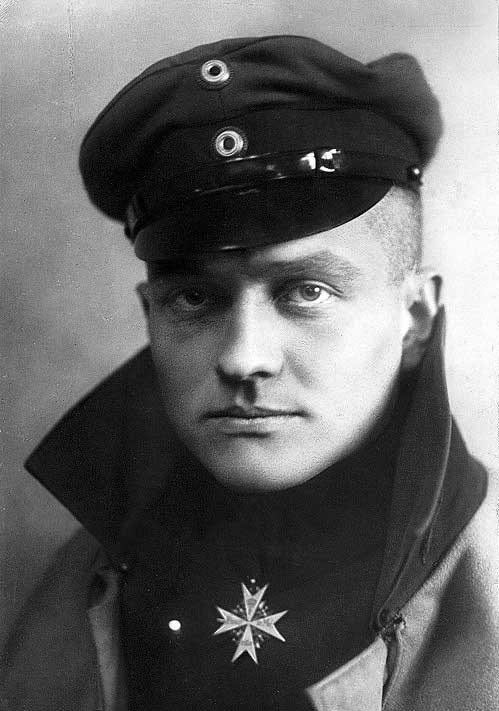
Source: C. J. van Dühren, Public Domain
World War I was a pioneering era for aerial warfare. Fighter tactics were still being developed, and the German command, in particular, initially did not take aviation units seriously, considering them unreliable and unworthy of substantial resources. Flying itself was an act of madness: parachutes were not yet available, and pilots had very short life expectancies, with reaching the age of 20 being a rarity. Von Richthofen was a representative of the first generation of enthusiasts for aerial combat who laid the foundations for modern military doctrine.
Von Richthofen joined the air force in May 1915, and by July, after completing basic training, he was sent to the Eastern Front, where he conducted observation flights. In August 1915, he underwent combat training and served as a fighter pilot on the Western Front. Initially, he struggled: he had difficulties with handling the aircraft, and during his first flight, he even crashed the plane he was piloting.
Find the enemy and shoot him down. Everything else is nonsense.
Manfred von Richthofen
Manfred’s successes came with time. His first officially recognized aerial victory came on September 17, 1916, and by October of that same year, he had already accounted for five shot-down aircraft, which would have earned him the title of a fighter ace in Western armies. In September, von Richthofen joined the elite squadron of another German ace, Oswald Boelcke, who is known as the father of the German Air Force and a pioneer of aerial combat tactics. It was from him that the future “Red Baron” learned, and after Boelcke’s death in October 1916, von Richthofen surpassed his mentor as a soldier and leader.
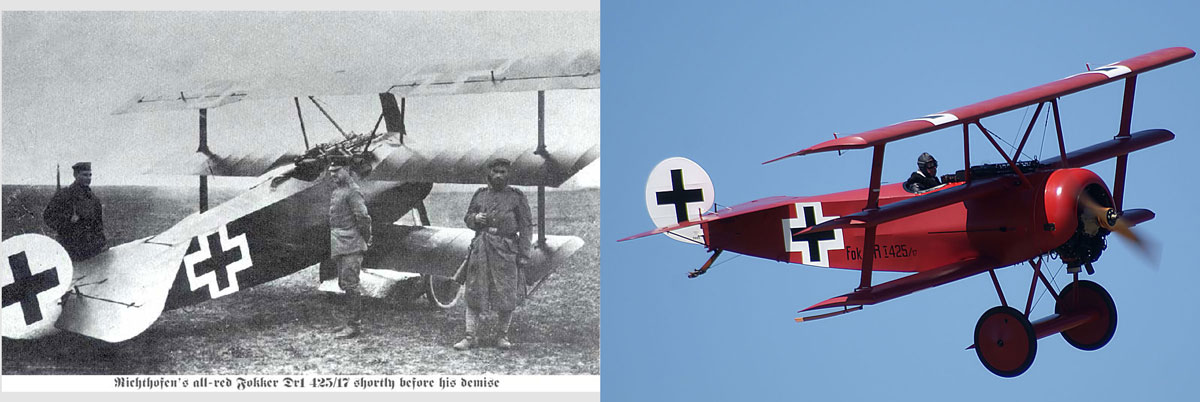
November 23, 1916, was a significant day for von Richthofen as he achieved his most valuable victory – after a long battle and intense pursuit, he shot down British fighter ace Lanoe Hawker. By January 1917, he had already confirmed 16 kills, making him the top-ranking living German pilot. It was during this time that the “Red Baron” took command of Jagdstaffel 11, the 11th Fighter Squadron, which under his leadership transformed from one of the weakest squadrons in the German Air Force into a unit comprising the best German pilots. This squadron became unmatched during World War I.
Under von Richthofen’s leadership, Jagdstaffel 11 caused such significant losses to the British that April 1917 is still referred to as the “Bloody April” by the British. The losses they suffered were so immense that the expected lifespan of a British pilot dropped from 295 to 92 hours.
The squadron led by von Richthofen was indeed known as the “Flying Circus” because, like their commander, its pilots painted their airplanes with red paint. This is also where the nickname of the German ace, the “Red Baron,” originated from – it was derived from the color of his aircraft and his family’s aristocratic background. The distinctive red color of their planes made them easily recognizable in the skies, and it became a symbol associated with von Richthofen and his squadron.
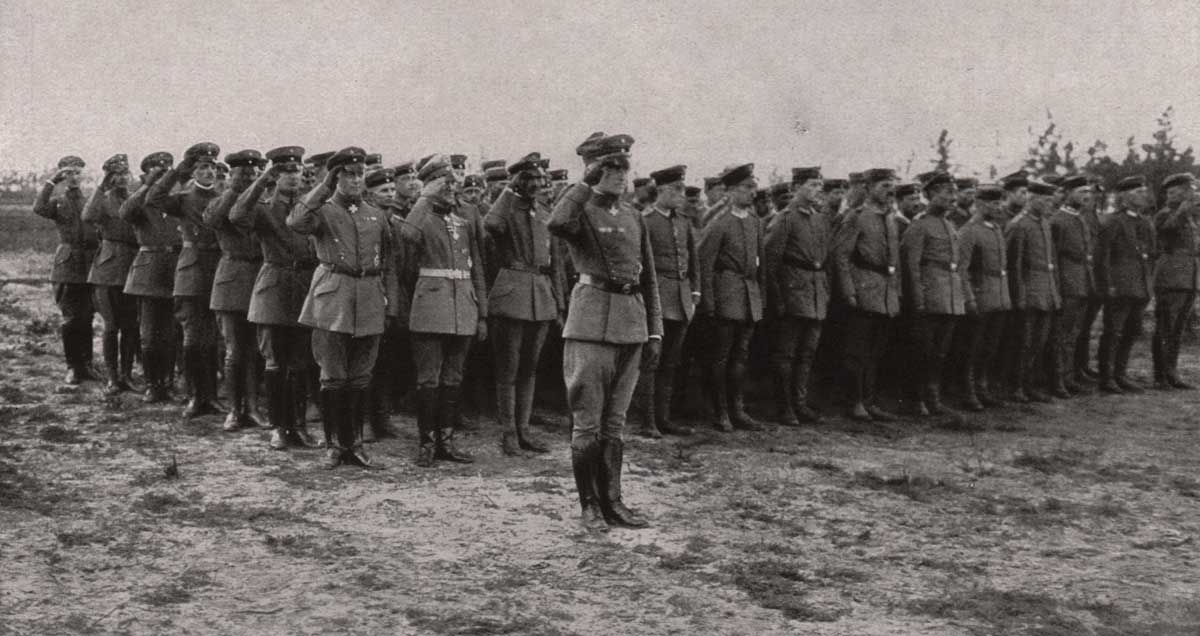
Source: Flickr
The successes of the “Red Baron” and his men led the British to put a bounty on his head – 5,000 pounds sterling, a substantial fortune at that time. Meanwhile, von Richthofen and his squadron were deployed to various sections of the front, killing many Allied pilots in the process. In July 1917, Manfred was seriously wounded in the head. Despite the doctors’ objections, he swiftly returned to combat after a brief recovery. There was a period when the German high command, which capitalized on the legend of the “Red Baron,” asked von Richthofen not to take such significant risks and engage in combat less frequently, but he refused to comply.
Von Richthofen was always looking for a fight and did not shy away from risk. He fought for fame, for adrenaline, and he used to say that he felt like he was on the hunt during duels. His fighting style and tactics during clashes with Allied pilots could seem so daring as to be crazy. Despite his absolute ruthlessness in battle, Manfred respected his opponents and demanded this of his subordinates.
On 21 April 1918, Manfred von Richthofen took to the air for the last time. He was the only one not to return from the last patrol he led before his leave of absence. We now know that while flying over the Somme he was engaged in a duel with a Canadian from an RAF squadron, the ‘Red Baron’ came under fire from Australian troops taking up positions in French territory. Hit in the chest, however, he managed to land and died shortly afterwards. Initially, the shooting down of the German was attributed to Arthur Brown, the squadron commander. However, current research indicates that von Richthofen was hit by a missile fired from below by one of the Australians, from a distance of probably 750m
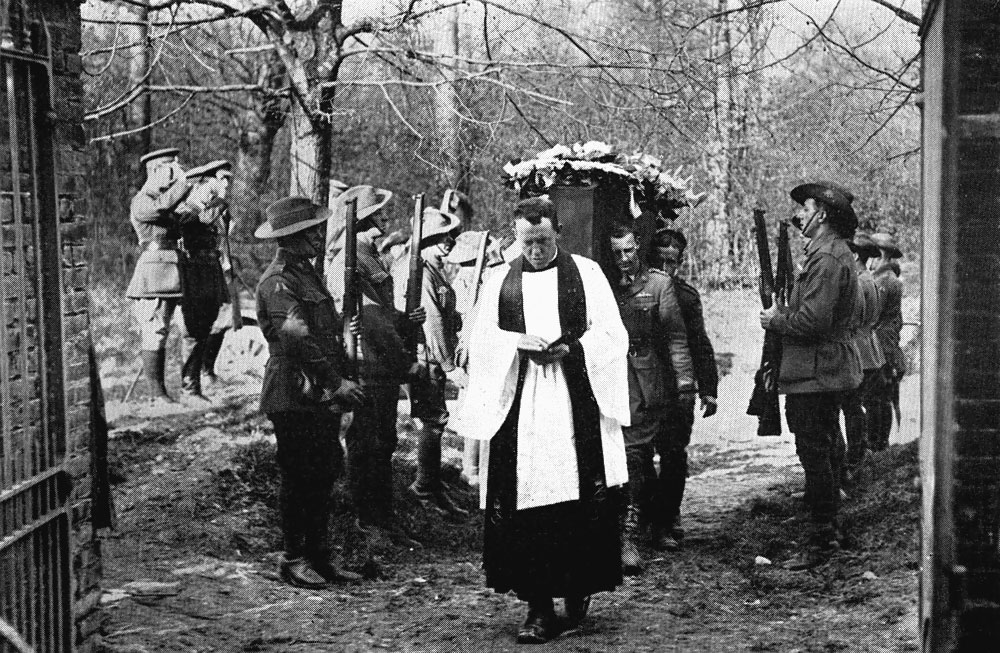
Author: John Alexander via Wikimedia Commons
In accordance with the unwritten code of honour for military pilots, Manfred von Richthofen was respectfully buried by his recent opponents. His remains are now in a family tomb in Wiesbaden, Germany.
The figure of the ‘Red Baron’ was one of the most recognisable symbols of the Great War. He is remembered not only for his incredible combat effectiveness and commanding ability, but also because he was a co-inventor of the tactics and principles of air combat at the time of the formation of this type of armed force. Ruthless to his opponents, though guided by respect and honour, he made a lasting mark on history.
Interesting facts:
- After his first victorious battle, von Richhofen ordered a goblet from a Berlin goldsmith with the date and model of the plane he had shot down. Over the course of the war, the order was repeated 59 more times, and then 20 more times using no longer gold – because the weakening Germany already had too little of it – but more common materials
- Manfred’s brother Lothar also served in his squadron. The younger Richthofen also achieved fighter ace status (40 kills) and survived the war, but died in 1922 in the crash of the civilian aircraft he was piloting

